Have you tried sensory recipes and messy activities with your kids? DIY sensory activities are awesome for young kids and have so many benefits. Here you will find a list of our favorite DIY sensory play recipes, including two ingredients sensory play recipes! Learn how to make sensory bins or sensory trays and so much more! These homemade sensory play ideas aren’t just for preschool!
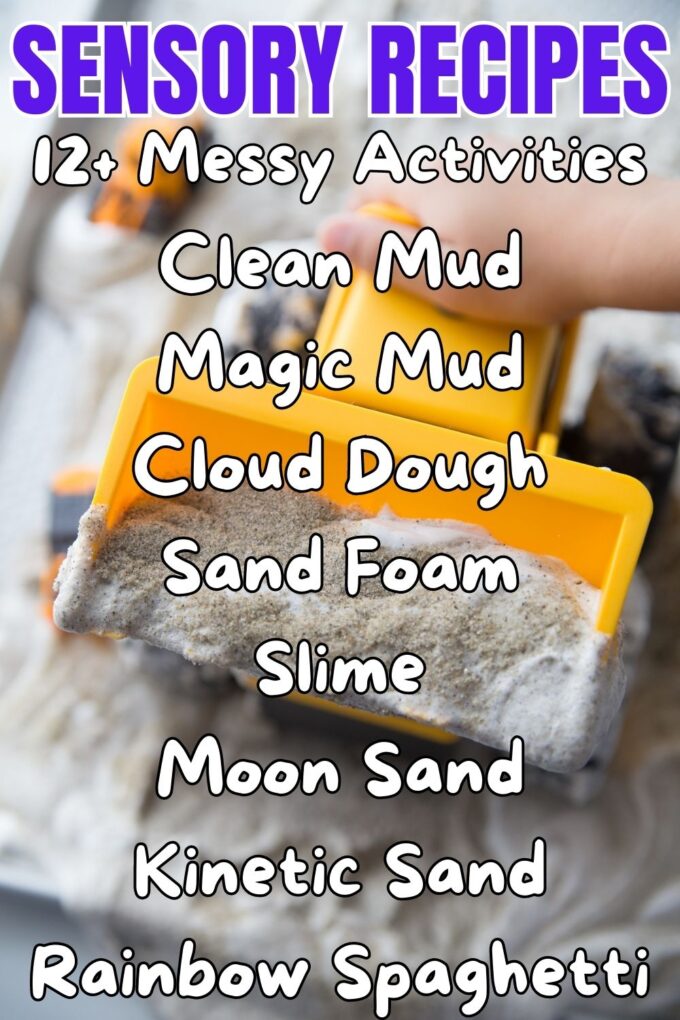
What is Sensory Play?
Sensory play is an engaging style that introduces kids to the world around them through their senses. Any activity that lets kids explore their senses is fantastic sensory play. Sight, touch, sound, smell, and taste are ways kids explore and interact with the world around them. Generally, we think of tactile play when discussing sensory play, but activities such as scented spice paint or glitter jars are also sensory play ideas.
Benefits of Sensory Play
Not only do sensory recipes allow kids to explore and interact with their surroundings, but they also have numerous benefits, including increases in the following skill areas.
- Social-Emotional Development
- Creating Development
- Fine Motor Skills
- Independent Thinking
- Language Development
- Problem-Solving Skills
- Calming or Regulating Skills
- Memory Skills
- Observation Skills
Common Sensory Recipe Questions
These are the most commonly asked questions about sensory play and sensory recipes!
What foods are good for sensory play?
If you have a taste tester for your kiddo, you may want to keep your sensory play taste-safe to start. However, I strongly recommend not to encourage snacking on sensory play. We have various taste-safe sensory recipes, and you can always use a simple cereal such as Cheerios or Rice Krispies as a sensory bin filler.
Good food fillers for sensory bins that are not considered taste-safe as they are not cooked include rice, pasta, beans/lentils, and popping corn.
Additionally, you can make these taste-safe recipes:
- Rainbow Spaghetti (cooked)
- Pudding Dough
- Edible Frosting Dough
- Taste-Safe Cloud Dough
How do you make sensory dough?
Our favorite two-ingredient sensory play recipe is cloud dough! The cloud dough recipe is simply flour and oil. You can make it with either vegetable oil (taste-safe) or baby oil (not taste-safe). It has an amazing texture and is moldable. Alternatively, you can trade sand for flour and make sand dough.
What do you put in a sensory tray?
A sensory tray is similar to a sensory bin, but it generally is a larger, flat surface with much lower sides. Tuff trays (Amazon affiliate link) are a popular option, and this is great for sensory recipes such as sand foam, perfect for driving vehicles around. These trays also work well for playdough play and other sensory materials. Remember that the sides are much lower, generally 1.5″ tall, compared to sensory bins between 3-6″, so you might have a bit more mess.
How do you make sensory bins?
Learn how to make a sensory bin in just a few easy steps. Grab a bin, choose a filler, and add fun items. We have a complete How to Make Sensory Bins Guide, including a free printable, to get you started. Also, check out our rice sensory bins guide for fun themes. Don’t want to use food for sensory play? We have a list of non-food fillers here.
Free Printable Sensory Play Guide
Tips to Make the Best Sensory Recipes
When you want to keep the kids away from the television and engaged with hands-on play, open up your kitchen cupboard! Here’s a list of sensory recipes that make great sensory bin fillers or to add to a sensory tray.
We have had a blast with simple sensory play for toddlers and preschoolers, but big kids have a lot of fun too. Everyone should try and incorporate sensory activities into their daily plan.
I like to keep a stocked pantry for quick sensory projects anytime. These sensory recipes have proven to be real winners in our house and are asked for time and time again! Plus, they are all quick and easy to set up.
Even if you don’t like cooking or baking, I know you can whip up these easy sensory recipes in no time!
NOTE: Adults should always supervise kids using sensory play materials. Choose taste-safe ideas for kids who are still using their sense of taste to explore!
Easy Sensory Recipes the Kids LOVE!
Most of these homemade recipes use only two or three common household ingredients! Click on the links below to go straight to the full recipe.
CLEAN MUD
Clean mud is a crazy combination of soap, toilet paper, and water, but it is a cool sensory recipe! Learn how to make clean mud for a messy activity!
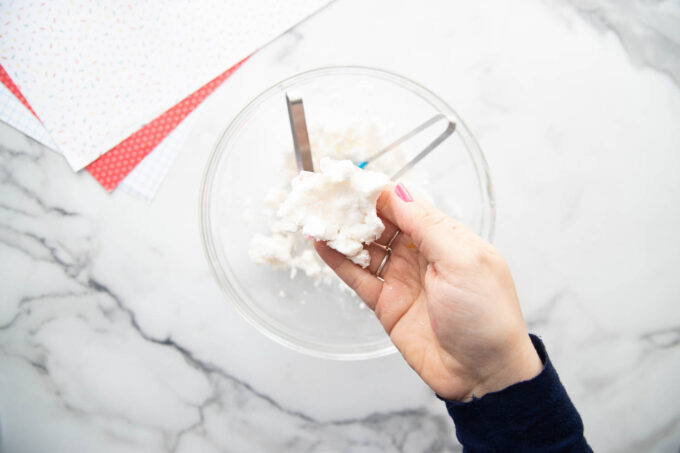
MAGIC MUD
Take the classic oobleck recipe and give it a twist! Go ahead and add these very realistic fake worms for sensational sensory play! This is definitely a messy play activity for kids.
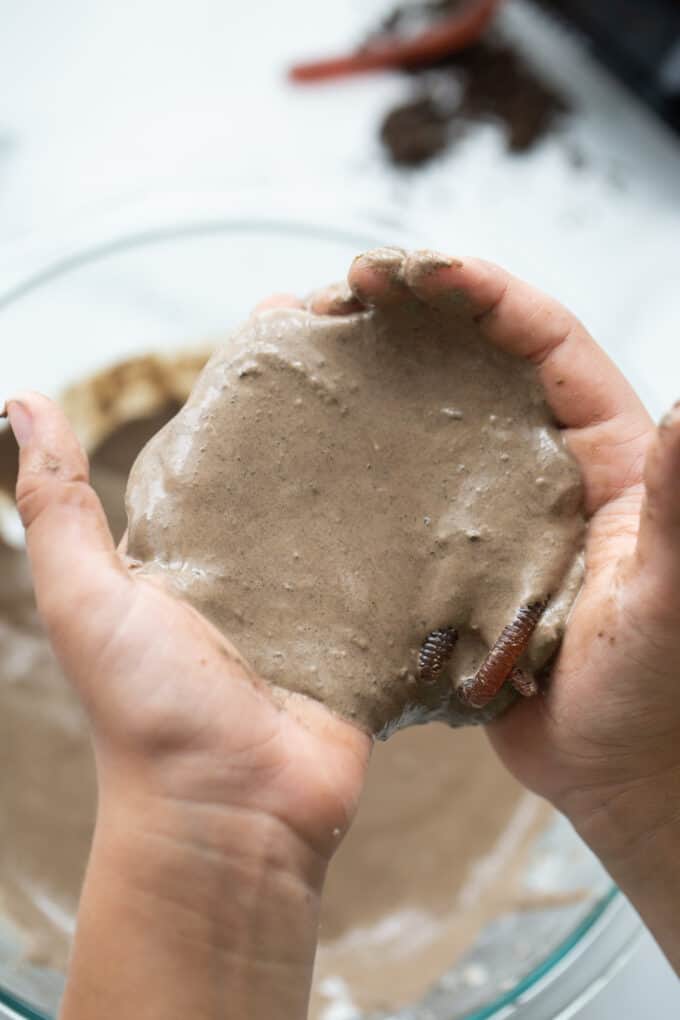
CLOUD DOUGH
Best sensory recipe with flour and oil! Cloud dough has an amazing texture, crumbly and moldable simultaneously, and it’s so easy to make! It can be messy but cleans up easily and feels amazing on the hands. One of our favorite two-ingredient sensory recipes! Plus you can make it taste-safe if needed.
MORE FUN CLOUD DOUGH RECIPES
- Ocean Theme Cloud Dough
- Fizzy Cloud Dough
- Pumpkin Cloud Dough
- Hot Chocolate Cloud Dough
- Christmas Cloud Dough
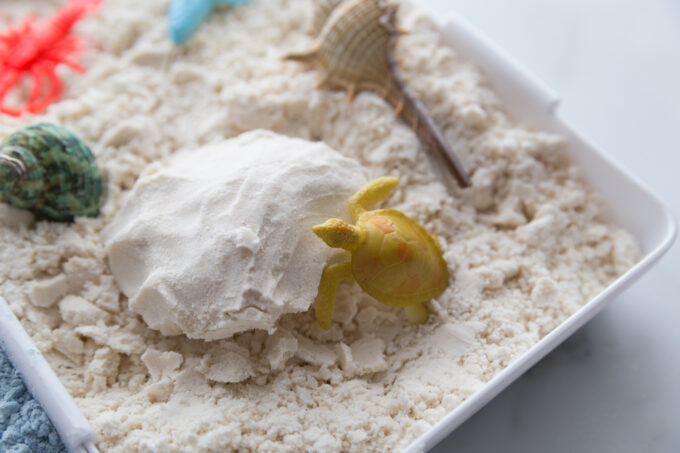
SAND DOUGH
So easy and fun to make, this sensory recipe is very similar to our cloud dough recipe. This sand dough uses just three simple ingredients and has a cool new texture. It also makes a great sensory bin filler too!

OOBLECK RECIPE
Have fun with this quick and easy sensory recipe, and learn how to make oobleck! Great for both young and older kids, with just two ingredients! The classic Oobleck recipe is a must-try sensory and science activity for all ages!
FUN VARIATIONS OF OOBLECK
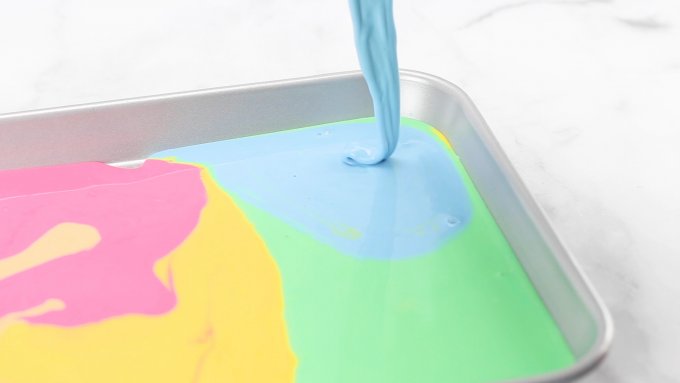
HOMEMADE SLIME RECIPE
Slime is one of our top sensory activities of all time! We have many homemade slime recipes to check out, ranging from the traditional borax or liquid starch slime to taste-safe/borax-free recipes. Learn everything you need to know about making the best slime out there!
OUR BASIC SLIME RECIPES
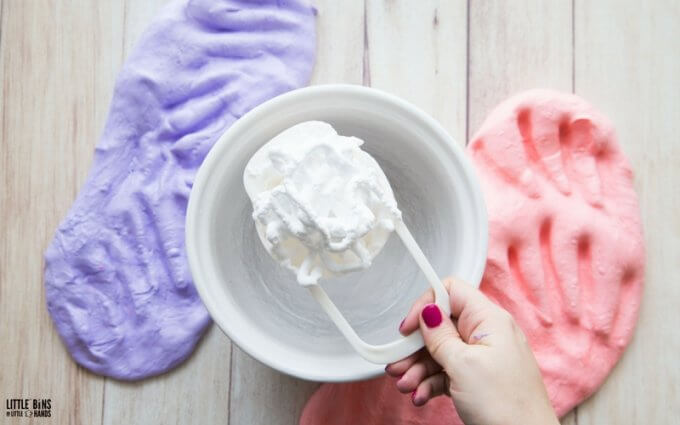
EDIBLE SLIME
Taste-safe, borax-free, and somewhat edible (not snack-able) slime recipes are a great resource for kids who love to make homemade slime!
Edible slime is non-toxic and chemical-free. However, is it a slimy snack for your kids to chow down on? NO. Although everything is labeled edible, I think these slime recipes are TASTE-SAFE.
If your kids taste it, they will be safe. That said, some of these recipes will be tastier than others. Some kiddos will naturally want to taste slime, and some won’t. Always keep the needs of your kids in mind when making slime!
SOME OF OUR FAVORITE EDIBLE SLIME RECIPES
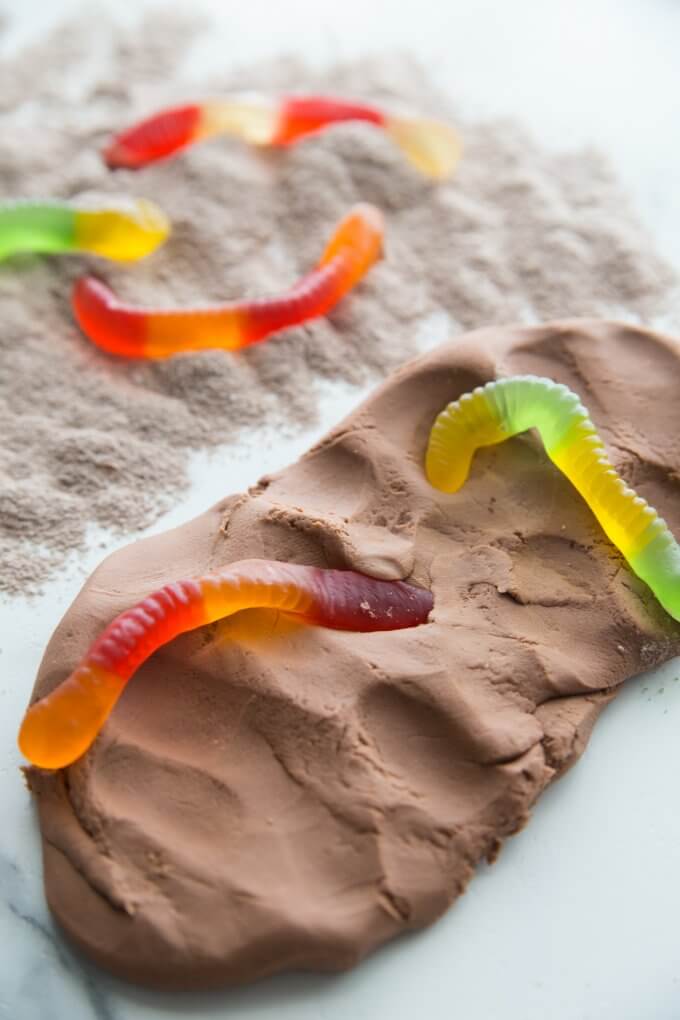
PLAYDOUGH
Playdough is heaps of fun for young kids to play with. Simple and easy to make, and inexpensive is a plus too! Our homemade playdough recipes are easy to customize to suit your kids’ interests, seasonal themes, or holidays!
FAVORITE PLAYDOUGH RECIPES:
- No-Cook Playdough (The Easiest Playdough To Make Ever!!)
- Jello Playdough
- Kool-Aid Playdough
- Frosting Playdough
- Gingerbread Playdough
- Apple Playdough
- Cornstarch Playdough
FUN PLAYDOUGH MATS
Are you looking for fun things to do with playdough and easy-to-print recipes? Check out our Printable Playdough Pack!
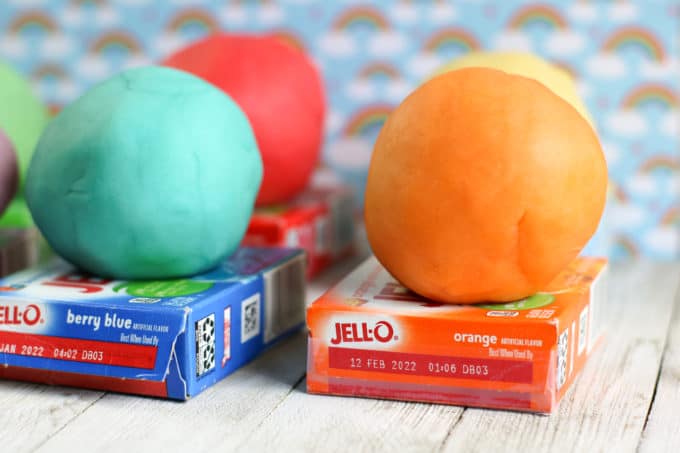
MOON SAND
Simple classic recipe with 3 easy ingredients! You can make moon sand with either colored craft sand or sandbox sand depending on the theme you choose!
KINETIC SAND
Kinetic sand is a neat sensory play material because it has a bit of movement. It’s still moldable, shapeable, and squishable! Find out how to make your own kinetic sand at home with our kinetic sand recipe.
ALSO CHECK OUT: Colored Kinetic Sand
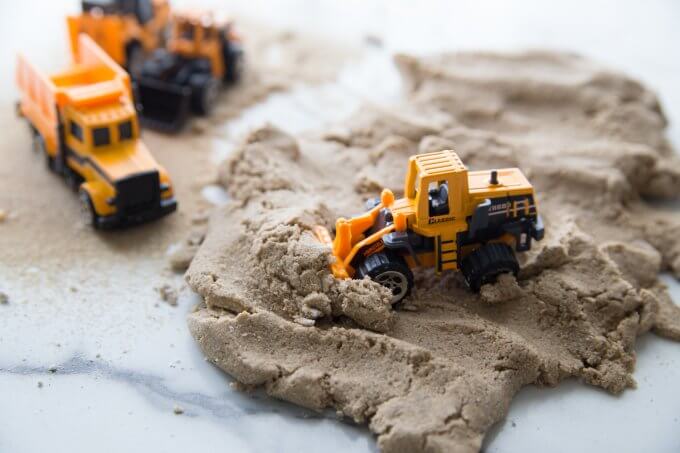
SAND FOAM
There’s nothing better than quick and easy sand foam sensory play! My favorite sensory activities are ones I can create with what I already have in the house. This super simple sensory recipe only uses two easy ingredients, shaving cream, and sand!
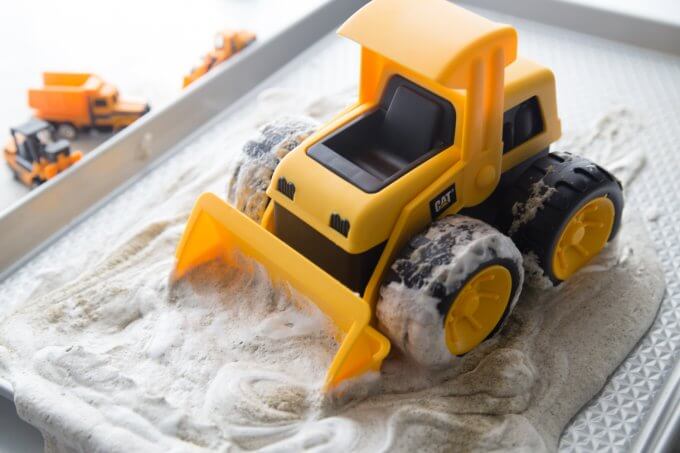
More Sensory Play Resources
If you’re getting into sensory play or looking for new ways to mix up the fun, browse these sensory play resource guides.
- All About Sensory Bins: Get Started!
- Best Rice Sensory Bin Themes
- Tactile Play Activities
- Non Food Sensory Bin Fillers
- Sensory Play Activities Guide
- Sensory Camp Week Plan
- How to Clean Up Sensory Play
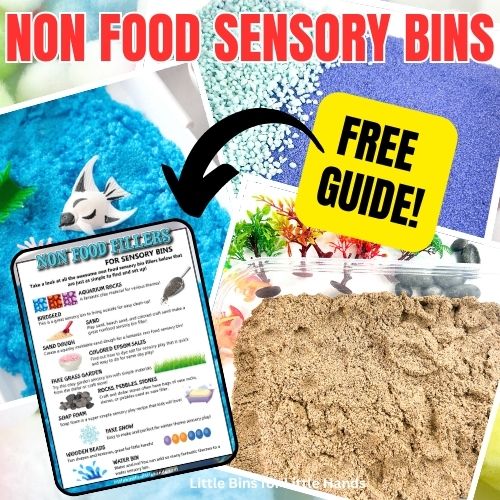



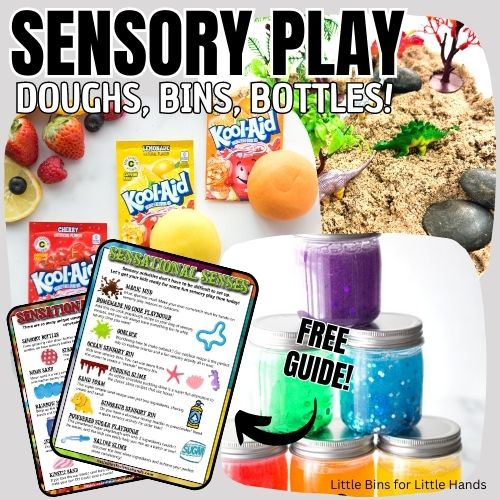
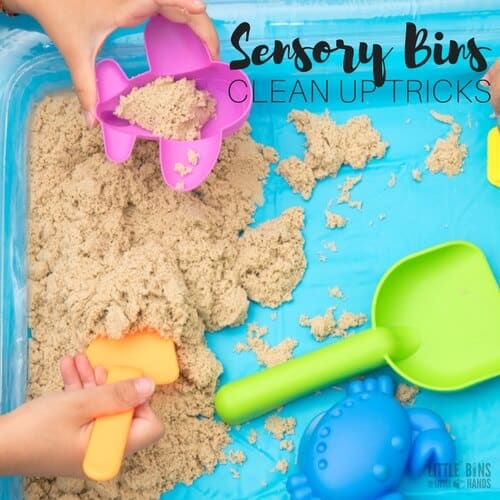








Thanks for linking up at The Crafty Mamas! I loved your sensory round up and featured your Frozen Themed Slime this week!
I keep scrolling and clicking and I can not locate the simple slime recipe
I think I fixed the problem! Thank you for letting me know that it wan’t clear enough.
I am curious. how do you help a child with sensory issues with touching anything slimey or sticky? my 3 yr old grandson simply refuses to even touch any of the above items.
Really all you can do is offer it but never force it. You may need to try other types of sensory materials first like sensory bins, play dough etc. You could also try putting the slime in a clear plastic gallong bag, secure it tightly, and let them squish it through the bag!